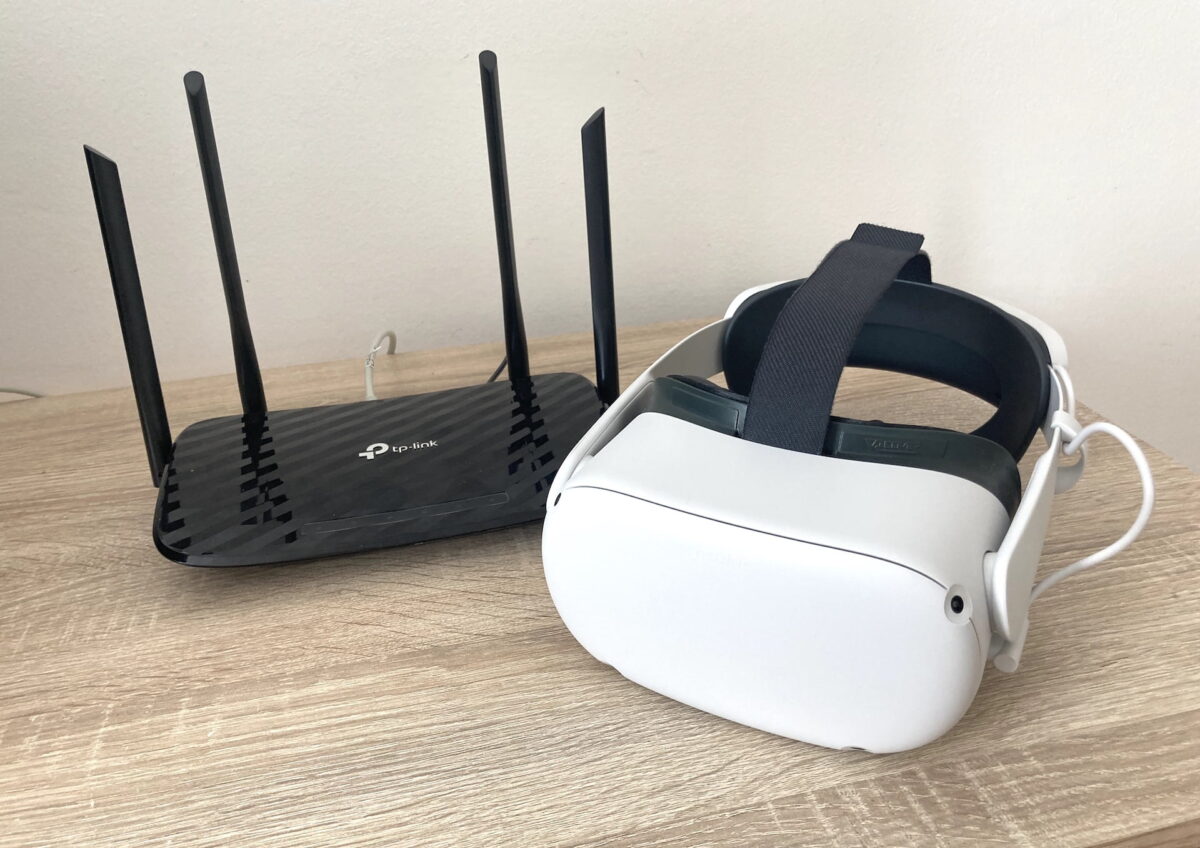Meta CTO Bosworth says PC VR is still very important

In an interview, Meta's chief technology officer talks about PC VR gaming, Quest product cycles, and the convergence of VR and AR technology.
In 2019, Meta released the highly successful Meta Quest, which brought standalone virtual reality to the forefront. This marked a departure from the PC VR focus of previous years, leading to the discontinuation of the Rift product line.
Meta Quest 2 can be operated either via cable or wirelessly on a PC, thanks to Quest Link and Virtual Desktop solutions. In October, Meta released a WLAN dongle to facilitate the setup of PC VR streaming, though it is not yet available in Europe.
According to Valve's hardware statistics, Meta Quest 2 is the most used VR headset on the popular SteamVR platform, with more than 40% of connected VR devices being Quest products.
It is difficult to determine how many people are using their Meta Quest 2 on a computer, but it is likely to be a smaller percentage of the overall user base, as only a small percentage of buyers are likely to have a VR-capable computer and the necessary knowledge and interest to operate the headset on a computer.
Meta wants to make PC VR streaming easier
In an interview with the French tech magazine L'Usine Digital, Meta's head of technology Andrew Bosworth acknowledges PC VR and points to SteamVR stats.
"PC gaming continues to be pretty important for us. If you look at the Steam release charts of who's using which headsets to experience PCVR, I think we're still by far the most common headsets that people are using, and so we do pay a lot of attention to that as a major use case for our products that drives sales and consumer satisfaction for the device," says Bosworth.
Bosworth acknowledges that the current solution is not perfect, as not all users have access to good WLAN or Meta's WLAN dongle. "Those are challenges we're still working through, but we're not sitting on our heels," says Bosworth.
While he couldn't divulge details, Meta is working "with major vendors" and wants to implement the technology that goes into the dongle into PCs with integrated wireless. Is Meta working with motherboard manufacturers?
Leaks also reveal that Meta is working on PC VR streaming from the cloud. However, this solution is not expected to be ready for the market for a few years and not in all regions.
Products will come if Meta believes in them
The tech magazine also asked Bosworth if Meta intends to have fixed product cycles for headsets. Meta Quest 2 will be replaced by Meta Quest 3 next year, which would mean a three-year lifespan for Quest 2. So will Meta Quest 4 come to market in 2026? Bosworth explains how Meta decides on such things.
"We have a pipeline of programs and for each there is an idea of when they could launch, but we don't really commit to that. Not just externally but internally as well, because if you get committed in this manner, it could trick you into launching a product that you aren’t proud of, and we're just not going to do that," Bosworth says.
"o each product line and each product prototype follows an arc, and if it continues to look promising we’ll continue to invest and if not, we'll fall back to the next product."
As for the recent Meta Quest Pro, Bosworth acknowledges that there are still many pieces missing on the software side. "We talked about the mixed reality capacity and the software is still not quite there yet because the device is the first of its kind as a development platform, so it’s going to take a little time. But we’re committed, as we have been with Quest and Quest 2, to continue to improve the software experience over time."
Asked about the cancelled depth sensor, Bosworth responded that the current hardware is sufficient and will be improved via software updates. "We feel like the Quest Pro is at the level where we can deliver a really strong scene graph to people, and that’s going to be strengthened with software over time."
Synergies between VR and AR
Finally, Bosworth takes a look into the future and addresses the (bumpy) development of AR headsets. While breakthroughs in certain areas will accelerate development by one to two years, setbacks in other areas will push them back by one to two years, Bosworth says.
"There's an old saying in technology: we get less done in one year than we expect, but we get more done in 10 years than we expect. I think AR is going to have that property," Bosworth says. He expects humanity to experience "full AR" in a glasses form factor by the end of this decade.
According to Bosworth, current and future LCD or OLED-based VR displays will eventually need to be completely replaced with waveguide and laser scanning displays in order to overcome issues of optics, weight, and cost. At this point, Bosworth predicts that the development of VR and AR technologies will intersect.
"It's a nice future expectation that these things will come together and AR technology will make VR better and VR technology will make AR better. That is definitely a thing that we see happening, but we're not quite there yet."
Note: Links to online stores in articles can be so-called affiliate links. If you buy through this link, MIXED receives a commission from the provider. For you the price does not change.